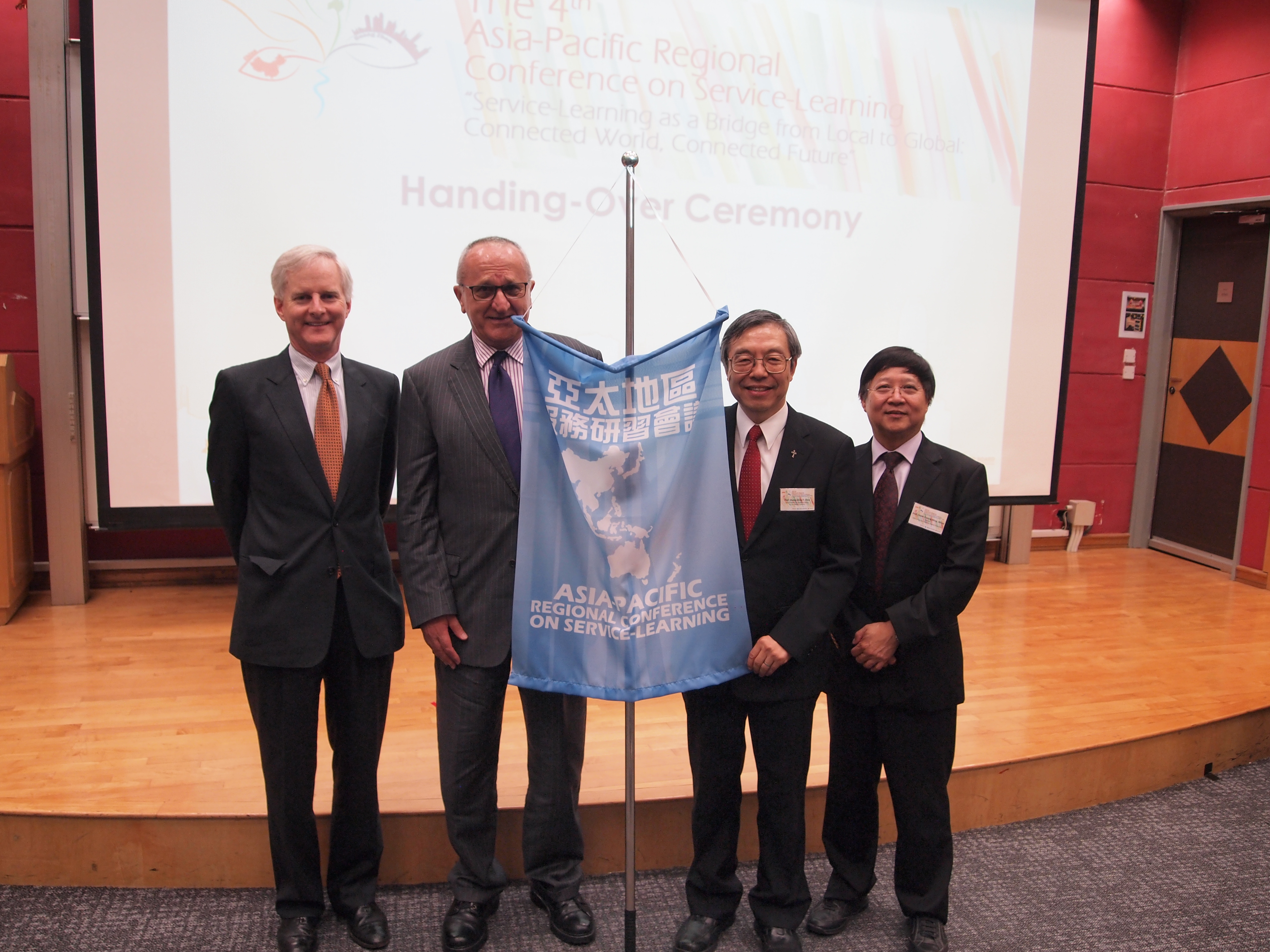Location
MD203, Paul Cardinal Shen Medical Building, Fu Jen University
Start Date
29-5-2015 1:30 PM
End Date
29-5-2015 2:40 PM
Description
Architecture study could be seen as an ideal academic field for applying service-learning, since it requires skill and theoretical concepts for direct application to human situations and needs. And in fact, architecture study has long experience in learning by doing and has often come face to face with significant problems and issues, both professional and ethical.
My course entitled 'Housing, Informal Sector and Psychology' applies service -learning approach, and is dedicated to encouraging architecture students to become socially responsible professionals by working on real design projects for local community. I prefer to choose one project for one class as individual project. I work with Habitat for Humanity, is a non -profit organization that very willing to work with me to identify service-learning opportunities. I am fortunate working together with Habitat for Humanity for many positive impacts for my students as a prospective architect.
With Habitat, we join in their individual project that gives beneficial for several reasons, than in several project with man y partners. First, the projects are more manageable for the instructor because you are working with fewer community partners and projects. Also, because working on "live" projects is a new experience for most students, the collective previous experience of the group ten ds to make the transition from typical classroom activities easier. Second, Habitat is an international non-profit organization that focusing their interest in building homes, building lives, thus for architecture students is very beneficial. Further, I've found that students can make a more meaningful contribution to the community partner when working as a group because they can dedicate more time collectively to the project. As a result, they can learn how to be an architect for people in needs.
Recommended Citation
Loanoto, S. Y., & Arifin, L. S. (2015, May). Campus and non-government organization partnership methods assimilating students into communities. Paper presented at the 5th Asia-Pacific Regional Conference on Service-Learning: Love Journey: Community Engagement through Service-Learning, Fu Jen Catholic University, Taiwan.
Included in
Campus and non-government organization partnership methods assimilating students into communities
MD203, Paul Cardinal Shen Medical Building, Fu Jen University
Architecture study could be seen as an ideal academic field for applying service-learning, since it requires skill and theoretical concepts for direct application to human situations and needs. And in fact, architecture study has long experience in learning by doing and has often come face to face with significant problems and issues, both professional and ethical.
My course entitled 'Housing, Informal Sector and Psychology' applies service -learning approach, and is dedicated to encouraging architecture students to become socially responsible professionals by working on real design projects for local community. I prefer to choose one project for one class as individual project. I work with Habitat for Humanity, is a non -profit organization that very willing to work with me to identify service-learning opportunities. I am fortunate working together with Habitat for Humanity for many positive impacts for my students as a prospective architect.
With Habitat, we join in their individual project that gives beneficial for several reasons, than in several project with man y partners. First, the projects are more manageable for the instructor because you are working with fewer community partners and projects. Also, because working on "live" projects is a new experience for most students, the collective previous experience of the group ten ds to make the transition from typical classroom activities easier. Second, Habitat is an international non-profit organization that focusing their interest in building homes, building lives, thus for architecture students is very beneficial. Further, I've found that students can make a more meaningful contribution to the community partner when working as a group because they can dedicate more time collectively to the project. As a result, they can learn how to be an architect for people in needs.
